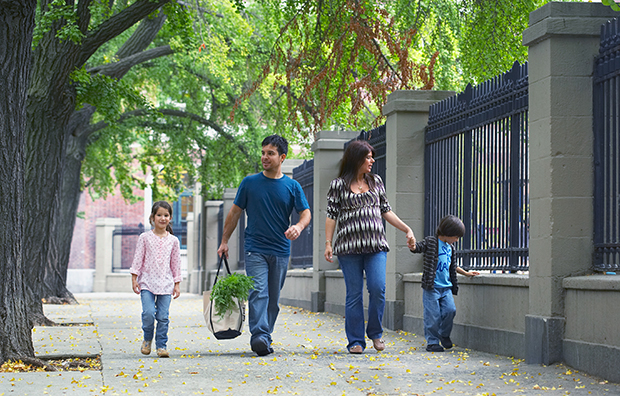
Share On Social!
Historically, people of color – including Latinos, have been more likely to live in high-poverty neighborhoods than whites of similar economic means. This is especially true in large, urban cities despite the recent report on the decline of poverty numbers in the U.S., Ars Technica reports.
Latinos living in high-poverty neighborhoods generally have limited access to quality education, healthcare, adequate physical activity, and professional opportunities. A study recently published by the Proceedings of the National Academy of Sciences journal, PNAS, compared census data from 1980 to 2010 to compare the decline of neighborhood segregation and racially linked poverty.
In order to reduce health disparities, it is critical to address inequities in programs, practices, and policies. Join our site, connect with others, and get involved.
The study compared neighborhood poverty and neighborhood segregation. In relation to poverty, many of the rates have “equalized.” Latinos and blacks have similar rates as whites; however, neighborhood segregation still exists and is largely based on ethnicity.
The study’s authors hypothesized that African Americans overall have become less segregated due to the growth of the Latino and Asian American populations. Housing continues to be one of the highest costs associated with life and health; many minorities currently rent rather than own their own homes, which can lead to other concerns.
Read more about this story here.
Read stories similar to this one:
- Latinos are more likely to use a payday loan than any other racial group. #SaludAmerica #HealthEquity salud.to/2e7rfaN
- EPA Unveils Plan to Bring Clean Energy to Low-Income Homes #SaludAmerica salud.to/2aXYaeJ
Explore More:
Healthy Families & SchoolsBy The Numbers
142
Percent
Expected rise in Latino cancer cases in coming years




